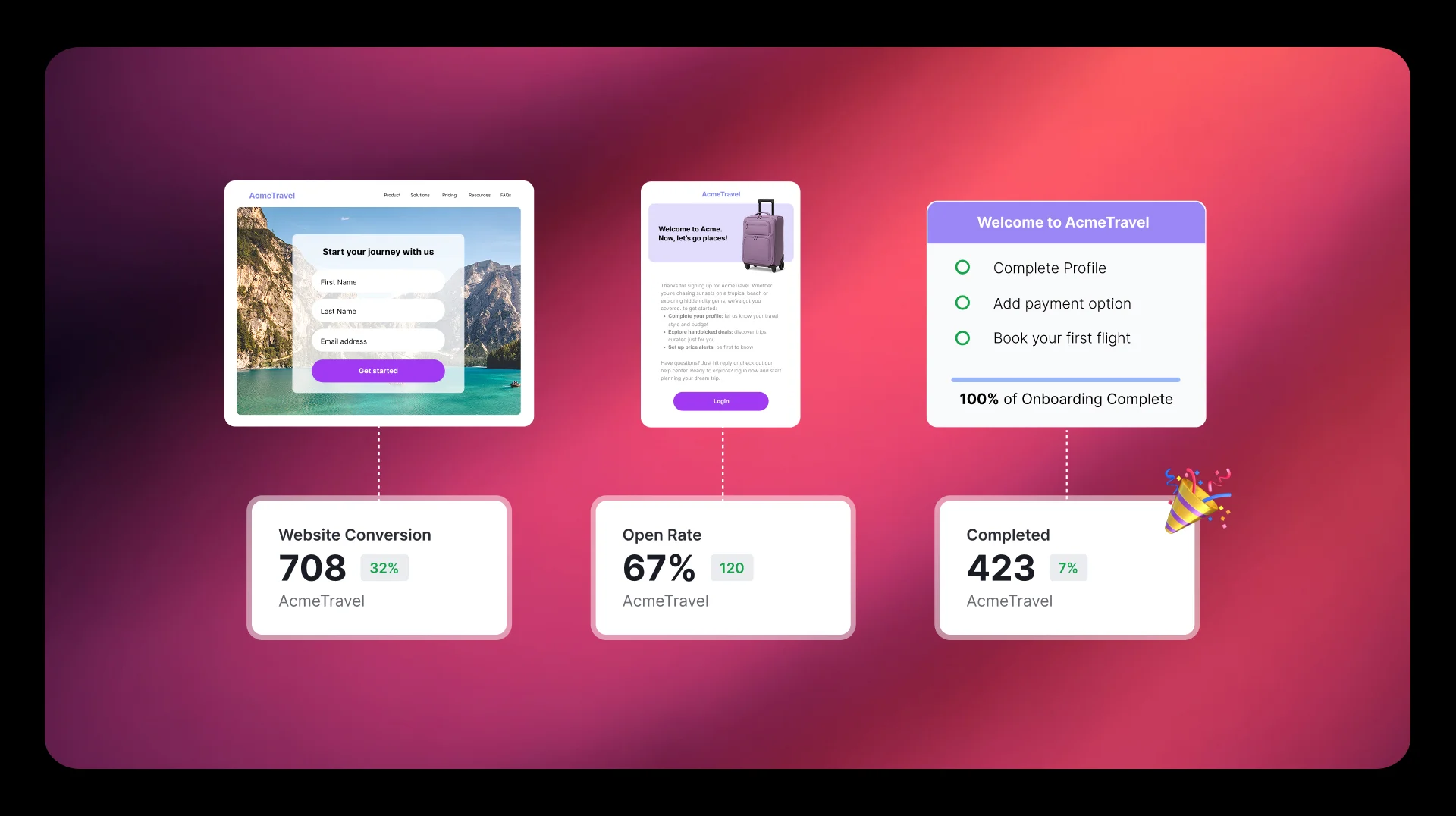
Must read
September 8, 2025
How we used Pendo to promote our Summer Release
Summer’s winding down.
Read nowLatest
Watch now
Do you know how your AI agents are performing?
Unless you can link agent usage to what happens next in your product, you can't tell if agents are working or not. But when your software and AI data live together, you can understand the full impact of your AI investments.
Read about itGet to know Pendo
See Pendo in action and learn how Pendo teams use our own product to optimize our customers' software experience.













